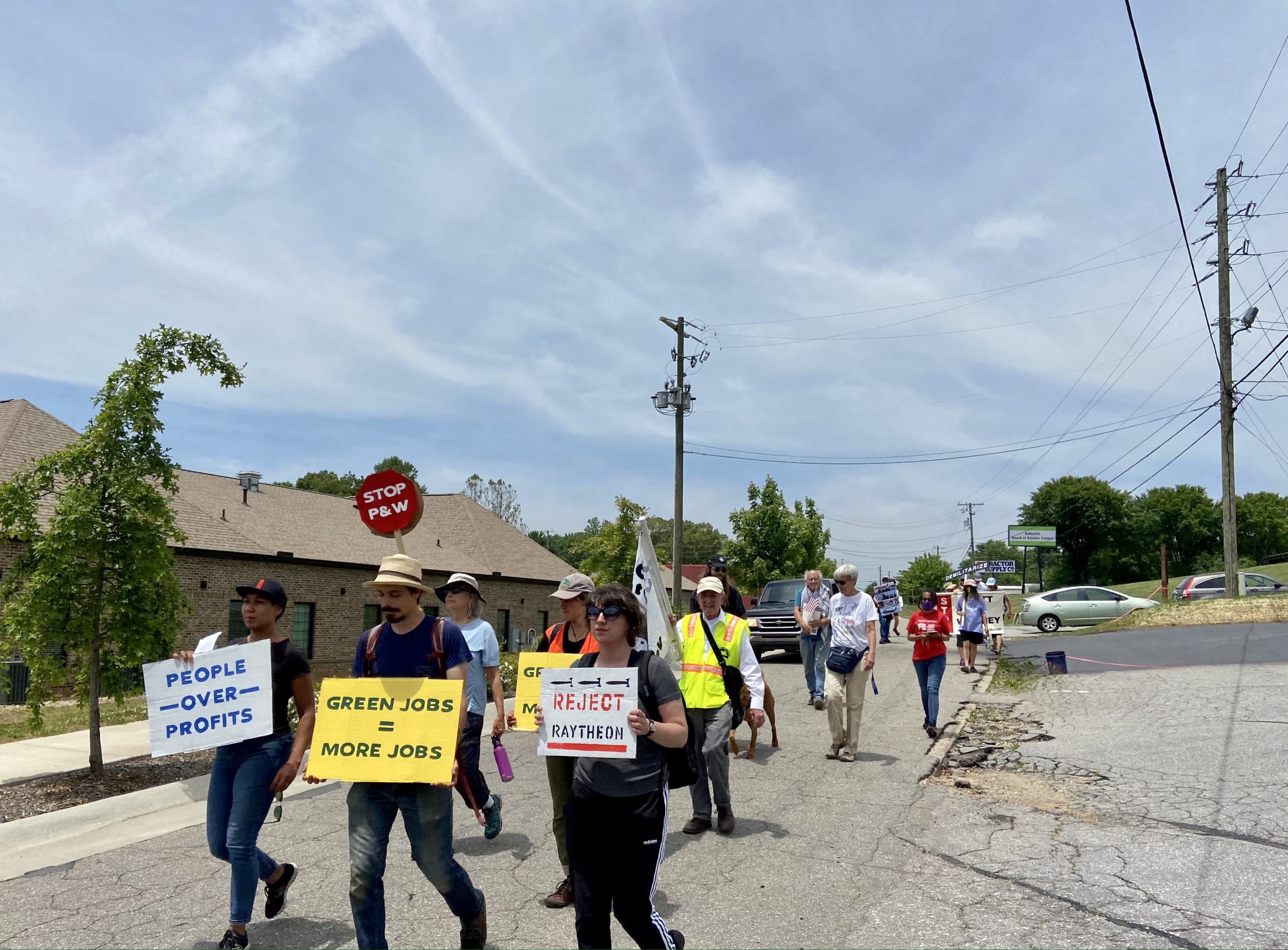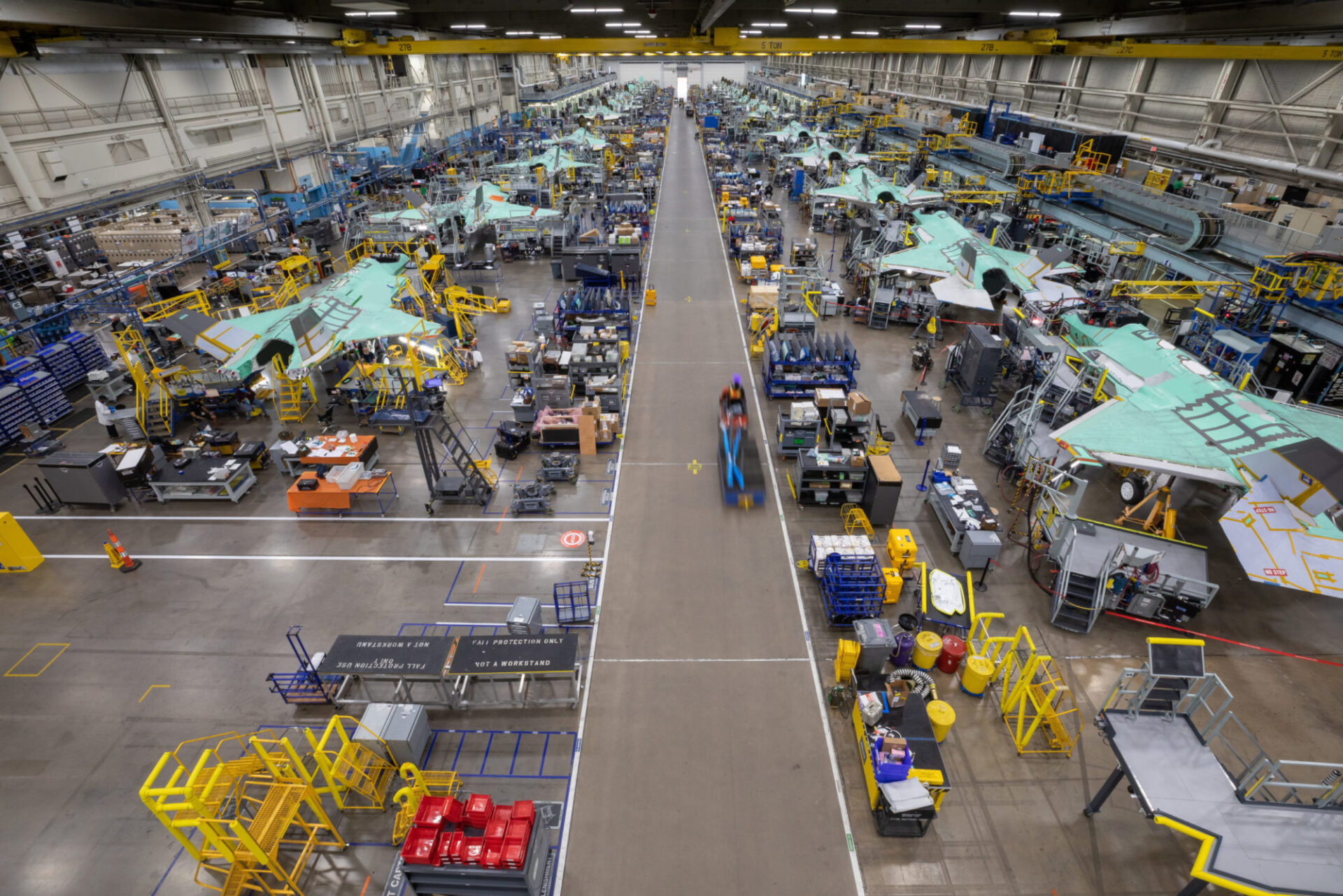If you went to a public high school like the one I attended in an Atlanta suburb in the mid-2000s, you may have learned what I did in social studies class: Communist countries have planned economies, with the government orchestrating industrial production, prices, investments, and so on. The United States has a free market, where the economy is the result of the wants, needs, and choices of a mass of individuals without government intervention.
Graduating college with crushing student debt in the depths of the Great Recession was the beginning of my reckoning with those social studies lessons. As a newspaper editor at my university, we polled our fellow outgoing seniors: “Are you selling out?” One skipped the yes/no responses and wrote us their own answer: “No one’s buying.” We did what we thought was the right thing: We studied hard, got good grades, and networked to prepare to sell our labor on the job market. Why then were we so unemployable that my peers considered going to the dentist a luxury and envied my internship that paid $14 an hour, no benefits?
Learning how to transition towns and workforces away from a military economy to a green one, Pemberton says, “will be the fight of our lives.”
Seeking to better understand the engines of the US economy, I became fixated on the national spending pie chart, seeing for the first time something that hadn’t ever come up in my public school: The United States is actually home to nothing short of the largest socialist economy outside of China. (That descriptor comes from Politico’s NatSec Daily, a newsletter that covers the state planning committee of that socialized economy, the Pentagon.)
In the same way that a fish is unaware that it lives in water, Americans rarely recognize a defining feature of a country that spends more on war than the next nine countries combined. That feature, in the words of policy scholar Miriam Pemberton, is “the seeding of the military economy across the American landscape.” Her new book, “Six Stops on the National Security Tour: Rethinking Warfare Economies,” connects the macroeconomics of tremendous Pentagon spending to the microeconomics of cities and towns where workforces show up each day to staff nuclear weapons labs, chemical weapons arsenals, bomber plants, and more.
FINDING USEFUL THINGS TO DO…
Though US military spending since World War II has been on a decisive march upward toward the over $1 trillion spent annually on the broad category of “national security,” Pemberton’s book examines six communities that contended with dips or even free falls in local military spending. At different moments with different triggers — for example, when the annual 4,000-plus-page defense bill happened to not include an earmark their town relied on, or when chemical and biological weapons were banned — communities from Connecticut, Arkansas, California, and elsewhere tried to become less dependent on the military-industrial complex and “find other useful things to do,” Pemberton writes.
Like what? Engineers working for military contractors in southern New York successfully adapted their work on fighter jets and diesel-electric motors to design and produce buses that ran on hybrid power in the 1990s. Pemberton examines how they eked out this green success story while inside a company that otherwise largely made weapons.
But economic conversion — a field in existence since President Franklin D. Roosevelt added “reconversion” to a non-military economy to the mandate of the War Department in 1943 — goes beyond the story of individual workers at a given company. Pemberton also tells the story of CALSTART, an attempt to design a policy to repurpose Southern California’s hundreds of thousands of aerospace workers laid off post-Cold War for a nascent electric vehicle industry. Like many of the initiatives profiled in the book, CALSTART’s attempt to birth a new industrial policy was stunted, as no sector other than the military would ever command such dominance over US public spending, and companies, towns, and workforces followed accordingly.

In one of the book’s most vivid scenes, Pemberton describes a Southern California Air Force plant where three major defense contractors share a hangar working on fighter jets, bombers, and drones alongside a Japanese firm producing electric light rail for Los Angeles. Up the road is a Chinese firm producing battery electric buses for LA County and commercial electric trucks. According to Pemberton, both firms offer high wages, and the latter now counts on a hundreds-strong unionized workforce. “Courtesy of Japan and China,” Pemberton writes, we can see “a glimpse of what a different industrial policy could nurture there.”
HAPPY 80TH BIRTHDAY, MILITARY-INDUSTRIAL COMPLEX!
The US federal jobs program was not always a military-industrial one. Learning from Pemberton’s book that the military-industrial complex is roughly the same age as some millennials’ grandparents make the status quo feel more like a Cold War hangover than an immutable fact of life. Pemberton points out that the “enduring alliance” between private corporations and the military “took off” in 1942 when the new War Production Board asked hundreds of manufacturers to convert their operations to supply the war effort. That included large companies like General Motors, which refashioned its production lines to make jeeps and tanks. It also swept up smaller firms, like a roller coaster manufacturer that started building bomber repair platforms.
President Dwight Eisenhower would later lament that World War II was not followed by what its dead had sacrificed for, “an age of just peace,” but instead by the Cold War, which forewent “reconversion” for a permanent war economy in which Fortune 500 corporations increasingly shed civilian business in favor of producing weapons. Lockheed Martin, the world’s largest weapons maker, nowadays derives about 95% of its revenue from military contracts, but it wasn’t always so.
Before World War II would radically militarize its aircraft business, an influential Lockheed investor, Robert Gross, was, purely for business reasons, reluctant to sell weapons, according to “Prophets of War,” journalist Bill Hartung’s history of the company. “I have been loath to go into the military thing at all feeling that it was nicer not to have to depend on the light and shadow of politics,” Gross said. By 1933, however, after the Post Office declined to use Lockheed’s aircraft to deliver the mail, he said the company needed to find new customers, including “the possible getting of government contracts for war machines.” If the history of the military-industrial complex wasn’t taught in your social studies class, Pemberton’s first chapter is a refreshingly accessible primer on how it came to be.
Pemberton’s book is uniquely valuable in that it goes beyond a Pentagon view of the story of the military-industrial complex to a focus on the real people and places tied up in it and sometimes winding their way out of it. Johnstown, Penn., had little organic reason to be a defense industry hub other than a congressional representative, John Murtha, who worked his way up to chair the House Appropriations Subcommittee on Defense, and steered what Pemberton calls a “grab bag” of defense pork his way. In a 2009 interview, he said: “If I’m corrupt, it’s because I take care of my district.”
After decades of cultivating economic dependence on parochial spending politics, Murtha died suddenly in 2010 due to complications from gallbladder surgery, and with him, the “the one-man gravitational force pulling military dollars into Johnstown,” Pemberton writes. When the national military market contracted in the years after his death, a Pentagon survey found Johnstown to be the second-most impacted area in the country, losing about $5,400 per resident.
Why tell stories like Johnstown’s now? They show that the reach of the military-industrial complex in the United States was not an organic process but the result of specific choices, ones that can be remade as new national priorities emerge. Other stories in this volume will acquaint you with the individuals and institutions already challenging the military-industrial complex’s inertia. John Harrity, a member of the blue-collar Machinists union prominent in the defense industry, introduced an ambitious resolution at its 2016 national conference. It called for members to commit to prioritizing climate change and advocate for a “just transition” of its workers to jobs that would address the climate crisis.
“[T]here’ve been times in the union where we hesitated. Like on secondhand smoke because we represented tobacco workers. … Like on the civil rights movement because we were afraid of alienating at that time our mostly white membership. Finally, we moved, and now we shake our heads at what took us so long. Climate change is the most critical issue that’s going to affect all of us for the rest of our lives. This is a moment when we can be in the lead on this.”
The resolution’s odds didn’t look good; five people had spoken against it before Harrity took the stand as its lone defender. But after he spoke, members voted 605 to 500 to support it.
The Pentagon itself describes climate change as the single greatest global threat, alongside nuclear war. But for now, deeply entrenched financial and political interests stand in the way of redeploying the American workforce for a zero-emission economy. Learning how to transition towns and workforces away from a military economy to a green one, Pemberton says, “will be the fight of our lives.”
This is a modestly titled book that undersells what it really is: A field guide to the transformation of the American economy from eight decades of war spending to something better.
Taylor Barnes is Inkstick Media’s Field Reporter for Military Affairs and the Defense Industry. She is an Equity Rises grantee with the Ploughshares Fund and is based in Atlanta.





















